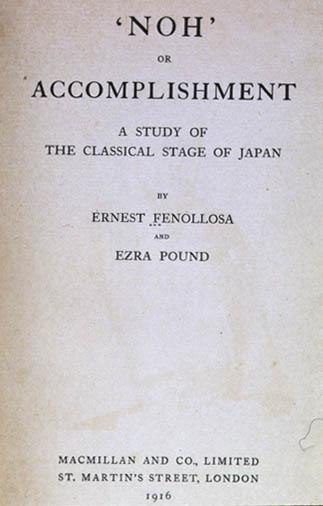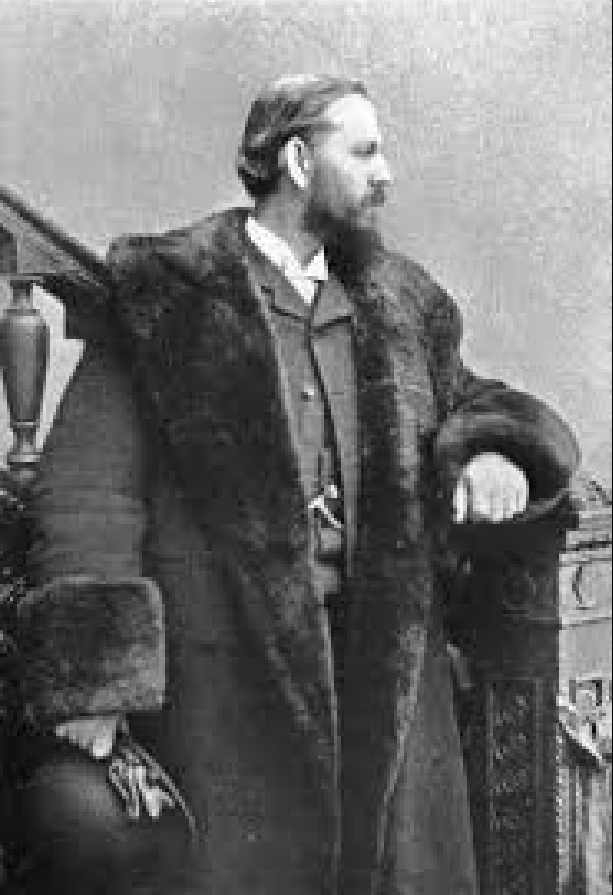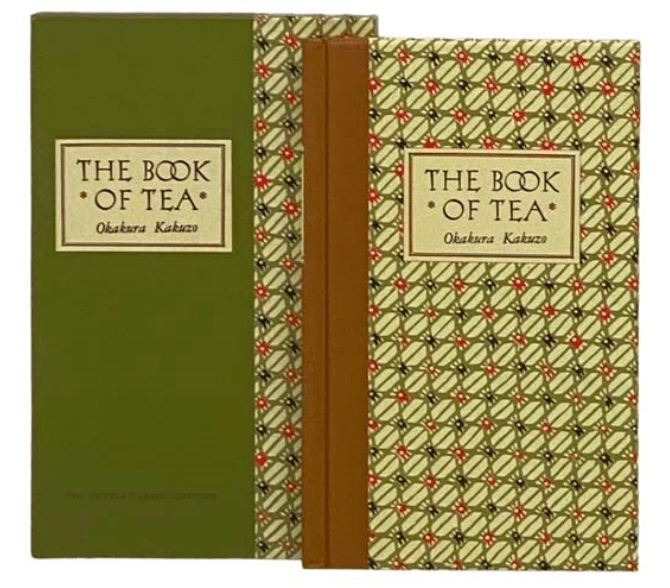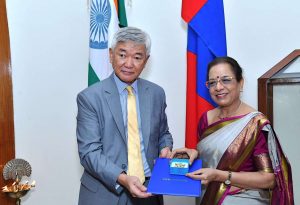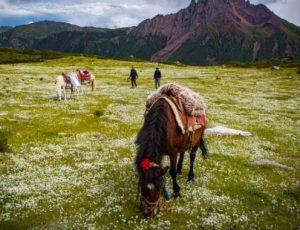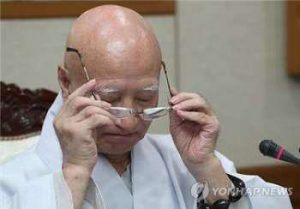The American Orientalist Ernest Fenollosa (1853–1908) “taught Japanese people about their own art.” This incredible statement comes from none other than Emperor Meiji of Japan (r. 1867–1912), who decorated Fenollosa with the Order of the Rising Sun for his contributions to Japanese culture, and the Order of Sacred Treasures for his seminal role in preserving Japan’s religious art. Fenollosa is important today because he exemplifies harmonious cooperation and respect between cultured people of different cultures, and the waves of goodwill and high-minded activity that results.
There is no one-size-fits-all description of the early explorers, scholars, and expatriates who have lived in Asian societies over the past couple of centuries. Western travelers, and the quality of their encounters, are each unique. Ernest Fenollosa and his Japanese colleagues, teachers, students, and friends reveal a collegial excellence in response to a challenging time for art and performance in Japan. We see in the life and work of Fenollosa that respect was his fundamental driving force.
Here, I’d like to write about Fenollosa’s contributions to Noh theater and, thereby, to modernist English poetry.
His more well-known achievements reveal the depth of cultural knowledge that he brought to his grasp of Noh. In 1878, he taught Philosophy and Political Economy at the Imperial University in Tokyo. A decade later, he was director of the Tokyo Imperial Museum. With his assistant, Okakura Kazuko, Fenollosa traveled throughout Japan, studying Buddhist temples and their art, Shinto shrines and their rituals.
Okakura is himself famous for his work The Book of Tea, written in English. This short volume shows the depth of artistic insight with which the two men worked; their comfort with archaic aesthetic sensibilities, and ways to communicate them. The Book of Tea is about much more than tea; it is about the essentials of Japanese culture.
This was the period of Meiji modernization—an opening to the world after centuries of the Tokugawa Shogunate. Put simply: emperors are Shinto, shoguns are Buddhist. Japan’s history is a succession of these two types of government alternately holding sway. Throughout, the Japanese people easily adopted Buddhism as well as their indigenous Shinto. Favor fell depending on the religion of the ruling leaders. Noh has ancient indigenous and imported roots in Shinto rituals and entertainments, but became essentially Buddhist after the 14th century. Noh was an art favored by the shogun and the samurai class, who also practiced it.
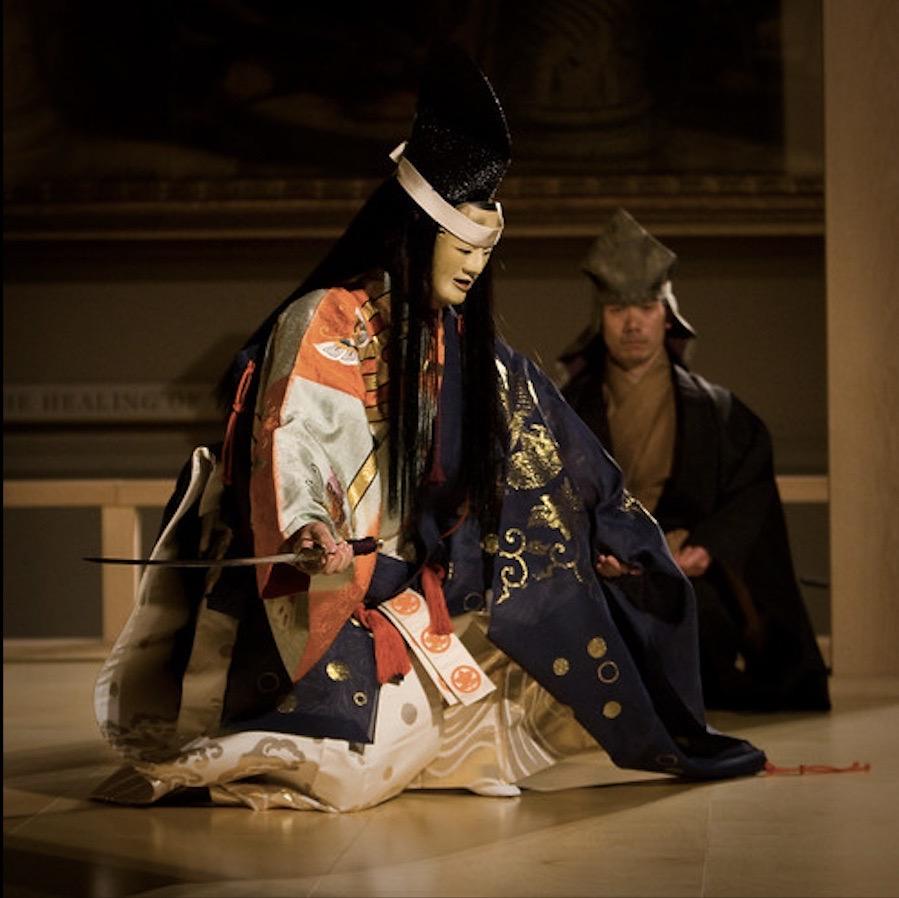
With Emperor Meiji, Shinto was in the ascendant. The daimyo estates of the samurai shogunate times were destroyed, and with them the Noh stages that were inside, as well as complete sets of Noh stage properties, from masks to costumes to instruments. In his great, two-volume survey Epochs of Chinese and Japanese Art, Fenollosa published a photograph titled A Mass of Broken Statues – Interesting Refuse. It showed wooden buddhas, boddhisattvas, and masks in a heap, to be used as kindling for fires. There had been aroused both an anti-Buddhist sentiment and a near complete ignorance about the religious and artistic value of the art. There was no plan to deal with any of this. When Ulysses S. Grant visited Japan in 1879, the imperial household was unsure how to entertain an American president, but knowing that he was a military general, Emperor Meiji staged a martial Noh play. Grant famously said to the emperor after the performance: “I don’t know what it is, and I don’t understand it, but you must preserve it.”

The two men and colleagues—Fenollosa and Okakura—catalogued for the imperial government the extent of Japanese art within Japan. Fenollosa encountered Chinese scrolls brought to Japan during specific eras, which then inspired a blossoming of original Japanese art. Fenollosa’s “theory of cultural epochs” as the determining cause of great artistic output challenged prevailing notions of categorizing art by material, geography, or politics, instead, sensing the aesthetic impulse of the zeitgeist that has a life of its own, leaping cultures, caught by artists, transformed into new artworks of originality and skill. This is how Fenollosa understood artistic influence, and he offers erudite demonstrations of the emergent dynamic of creative epochs in his writing.
This gift for understanding how art forms evolve, are shared, become magical or secular, and grow in a quantum way in association with poetry and literature, equipped Fenollosa to describe Noh better than just about anyone. I bring him to our attention here because he is nearly forgotten today, yet his work remains worth reading. Certainly, Buddhism in Japan is indebted to him. Fenollosa became a Buddhist, was ordained, and given the name Tei-Shin. His ashes reside at Mii-dera, a temple near Lake Biwa in Kyoto, where he was tonsured.
Noh is difficult to describe. I am a seasoned dance critic and ethnographer, with long experience trying to describe dance. In my eyes, Fenollosa’s essay, “Fenollosa on the Noh” is perhaps the best description of Noh written in English. I studied Noh performance for seven years in Kyoto, one of a handful of foreigners who have studied this ancient art. Fenollosa studied Noh for 20 years with “the last remaining Noh actor” Umewaka Minoru (1828–1909), who was responsible for organizing Noh performances in a time when nearly all troupes had fallen on hard times, and performances were exceedingly rare. Fenollosa’s friendship with Umewaka Sensei was a stable bond in this rebirth of Noh from the smallest living stream, flowing from one century into the next. This was in the 19th century, before any world war. Their close friendship is testimony to Japan’s embrace of Fenollosa, and Fenollosa’s close proximity to the living impulse of Japanese culture.

Fenollosa translated about 20 Noh plays. When he died, his wife gave his Noh notes and Chinese translations to American poet Ezra Pound, who worked as Fenollosa’s secretary. Pound published Fenollosa’s book “Noh” or Accomplishment, which includes “Fenollosa On the Noh” and 22 Noh plays in translation, re-worked by Pound. I find the translations so unlike Fenollosa’s writing that I consider them largely the final work of Pound. In the essay, Fenollosa is at his comprehensive and insightful best.
I leave you with two passages from the essay “Fenollosa on the Noh,” after which you should have a couple of good ideas about Noh, how old it is, how it evolved, and how Buddhism transformed it.
It appears that the first period of Japanese civilization supplied the chance elements for the Noh, that is, the dances and certain attitudes of mind. The second period supplied the beginnings of literary texts. The third period, dating from the end of the twelfth century, is marked by the rise of the military classes and supplied naturally a new range of dramatic motives. The land was filled with tales of wild achievement, and knight-errantry, and with a passionate love for individuality, however humble. The old court customs and dances of the supplanted nobles were kept up solely in the peaceful enclosures of the Shinto shrines. New forms of entertainment arose. Buddhism threw away scholarship and mystery, and aimed only at personal salvation. As in contemporary Europe, itinerant monks scoured the country, carrying inspiration from house to house. Thus arose a semi-epic literature, in which the deeds of martial heroes were gathered into several great cycles, like the Carolingian and Arthurian cycles of Europe. Such were the Heike epics, the Soga cycle, and a dozen others. Episodes from these were sung by individual minstrels to the accompaniment of a lute. One of the most important effects of this new epic balladry was to widen greatly the scope of motives acceptable for plays.
The beauty and power of Noh lie in the concentration. All elements—costume, motion, verse, and music—unite to produce a single clarified impression. Each drama embodies some primary human relation or emotion; and the poetic sweetness or poignancy of this is carried to its highest degree by carefully excluding all such obtrusive elements as a mimetic realism or vulgar sensation might demand. The emotion is always fixed upon an idea, not a personality. The solo parts express great types of human character, derived from Japanese history. Now it is brotherly love, now love to a parent, now loyalty to a master, love of husband and wife, of mother for a dead child, or of jealousy or anger, of self-mastery in battle, of the battle passion itself, of the clinging of a ghost to the scene of its sin, of the infinite compassion of a Buddha, of the sorrow of unrequited love. Some one of these intense emotions is chosen for a piece, and, in it, elevated to the plane of universality by the intensity and purity of treatment. Thus the drama becomes the storehouse of history and a great moral force for whole social order of the Samurai.
See more
Related features from BDG
Dance for a Passing World
Bon Odori: A Dance with the Ancestors
Sagi Mai: Dance of the White Heron
Okina, an Endless Blessing from Long Ago




